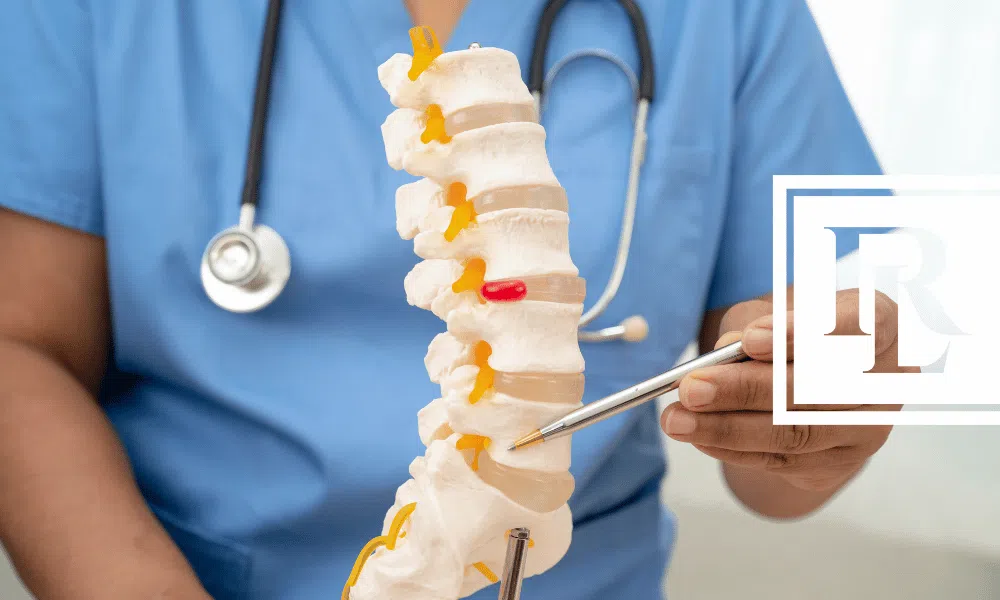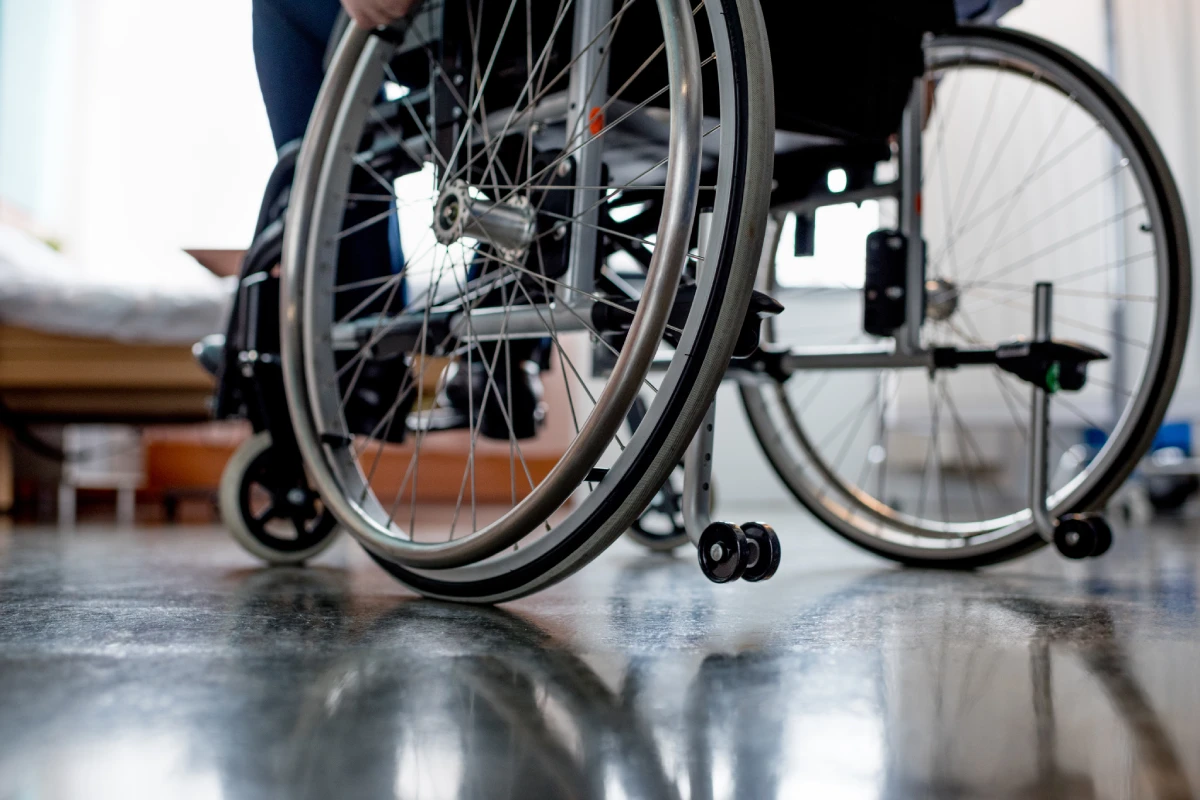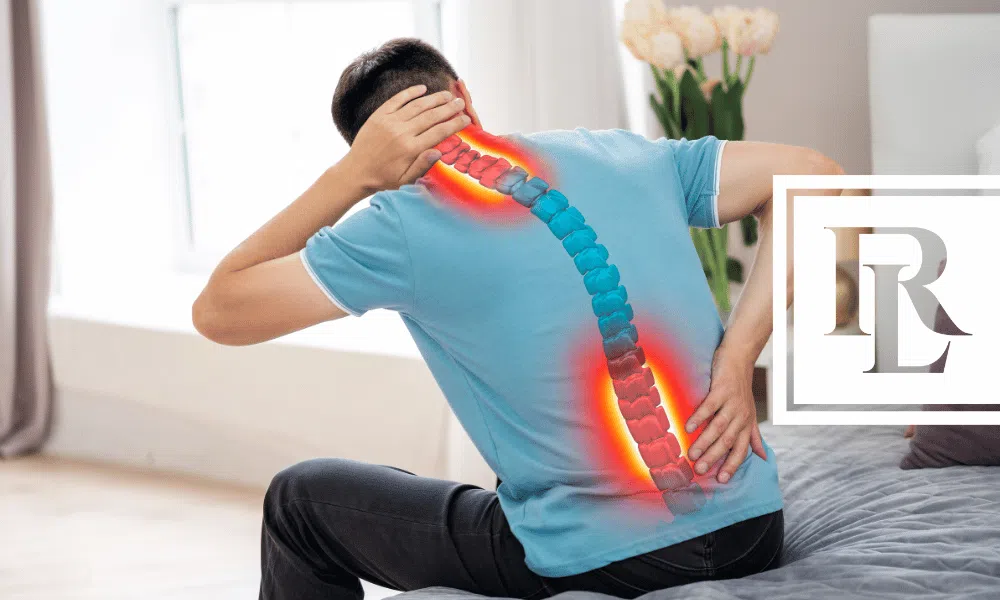Ankylosing spondylitis is a form of arthritis affecting the lower back. Those who suffer from the condition may receive Social Security disability benefits. The Social Security Administration (SSA) classifies ankylosing spondylitis as a type of inflammatory arthritis in its section on Immune System Disorders.
Symptoms & Treatment of Ankylosing Spondylitis
Ankylosing spondylitis usually affects the joints and bones where the spine meets the pelvis. Over time, those joints become inflamed and swollen, and eventually the lower spinal bones may fuse. The pain starts in the lower back, and as the condition progresses, this pain becomes constant. It can affect other bones and joints as well. For example, sufferers may feel discomfort and pain in the ribs and breastbone. Shoulders, knees and ankles may be inflamed as well.
Unfortunately, there is no known cure for ankylosing spondylitis, but treatment can reduce pain. You may work with a physical therapist, occupational therapist and your primary physician to improve functioning and quality of life. Treatment likely will include therapy and medication as prescribed by your doctor.
However, in more severe cases of ankylosing spondylitis, there are optional surgeries that a doctor might like osteotomy (bone cutting), spinal bone fusion or joint replacement.
Social Security Disability Requirements for Ankylosing Spondylitis
To qualify for Social Security benefits due to ankylosing spondylitis, you will have to meet certain conditions as a result of your illness. The SSA’s Listing of Impairments covers the condition in Section 14.09(C). To qualify under this listing, the patient must have ankylosing spondylitis with fixation of upper lumbar, lower thoracic spine proven by:
- imaging and physical examination at 45-degrees or more flexion from vertical; or
- imaging and physical examination at 30-degrees to 44-degrees flexion from vertical, as well as “involvement of two or more organs/body systems,” and involvement of one of those organs/body systems must be at least moderately severe.
Patients should speak with their doctors about these requirements, as well as their attorneys. A lawyer can review the criteria to recover Social Security disability for this condition and can help you determine if you meet other requirements.
SSDI & SSI Program Requirements
In addition to meeting the disability standards outlined above, patients also must meet program requirements. Social Security Disability Insurance (SSDI) requires applicants have an appropriate number of work credits. This number varies depending on the patient’s age, as well as other factors.
Supplemental Security Income (SSI) requires applicants meet certain income and resource requirements. SSI is only available to senior citizens (65 and over), blind or disabled individuals with low income. Children with juvenile ankylosing spondylitis may qualify for SSI; the SSA will consider the child’s parents’ income and resources when determining eligibility.
Social Security Disability Help from Rob Levine Law
If you are suffering from ankylosing spondylitis and wish to pursue Social Security disability – or if the SSA has denied your claim already – set up a consultation with Rob Levine Law. Call us today at 866-LAW-SSDI (529-7734).





